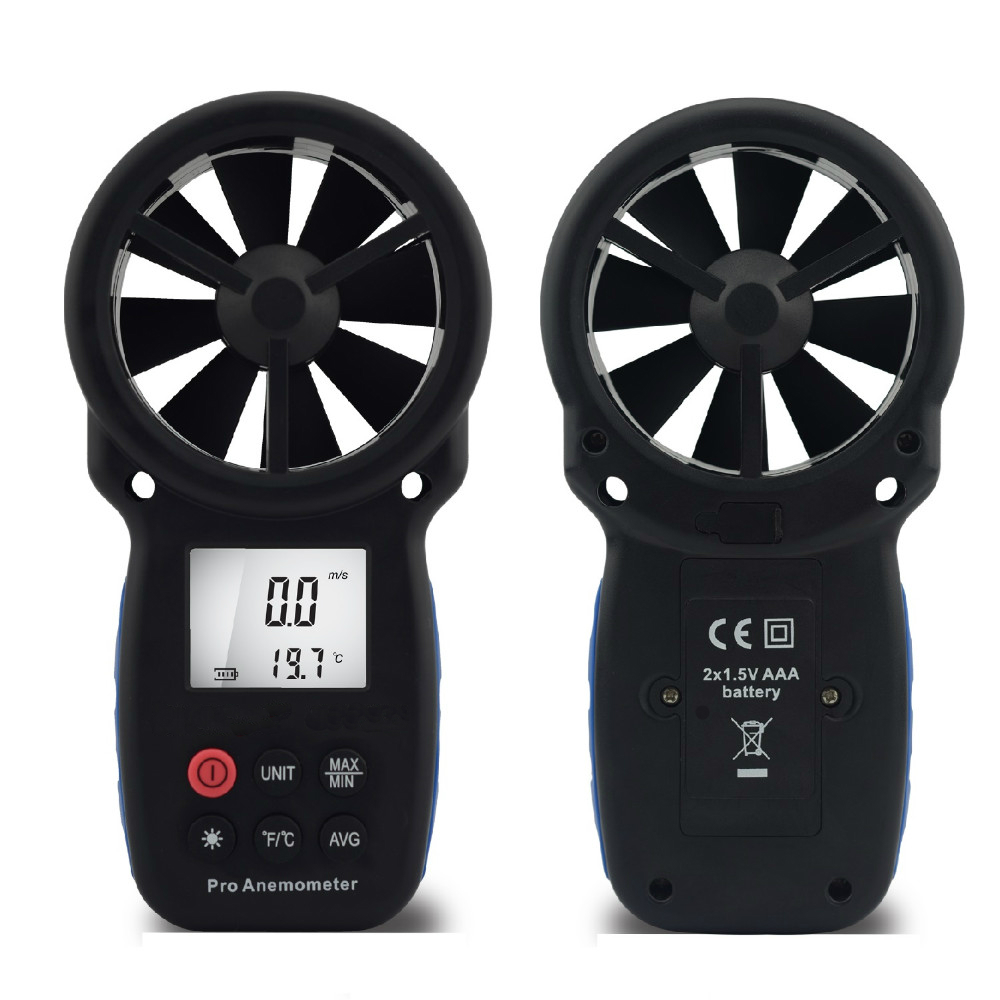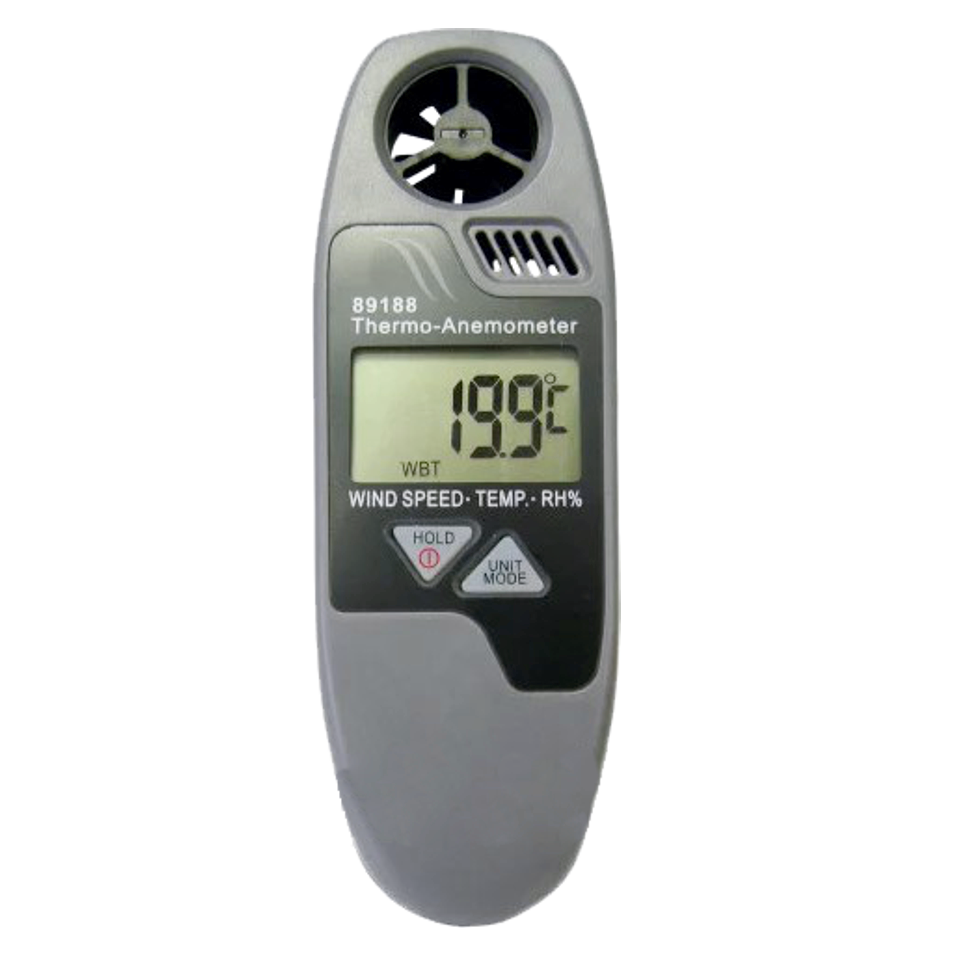Why an Anemometer is Vital for Your Environmental Information Collection
All You Need to Understand About Anemometers: Just How They Work, Why They Matter, and Where to Use Them
Anemometers, though frequently ignored in the world of scientific instruments, play a critical function in different fields, offering useful understandings into wind speed and airflow patterns. As we dive into the intricacies of anemometer modern technology, we will reveal the inner functions of these gadgets, their relevance, and the key factors to consider when selecting the best anemometer for specific applications.

Anemometer Basics
A crucial tool utilized to determine wind rate and instructions, the anemometer plays a critical role in meteorology and numerous markets. An anemometer typically consists of three or 4 cups that rotate in the wind, a vane that points into the wind, and sensors to track the turnings or movements.
There are different kinds of anemometers available, including mug anemometers, vane anemometers, hot-wire anemometers, and sonic anemometers, each with its one-of-a-kind features and applications. Mug anemometers are frequently used for standard wind rate measurements, while vane anemometers are liked for directional dimensions.
Principles of Anemometer Procedure
Structure on the fundamental understanding of anemometer fundamentals, the concepts of anemometer procedure illuminate the auto mechanics behind wind speed and direction measurements. Cup anemometers, for circumstances, have 3 or more cups that capture the wind, creating them to spin faster as the wind speed rises. Hot-wire anemometers depend on a heated cord that cools down as wind passes over it, with the price of cooling down establishing the wind rate.
Importance of Anemometers
Anemometers play an essential function in measuring wind rate and instructions, providing important data for weather forecasting, environment research studies, environmental surveillance, and air travel procedures. Meteorologists depend on anemometers to gather exact wind information, aiding them recognize climate patterns, forecast tornados, and concern prompt warnings to the public. Wind farm drivers utilize anemometers to assess wind conditions and make best use of electricity manufacturing from wind turbines.
Applications Across Numerous Industries
In the eco-friendly energy industry, anemometers play a vital duty in assessing wind conditions for wind farm placements, guaranteeing ideal power manufacturing. Industries like building and construction and mining make use of anemometers to check wind rates, crucial for safety methods, especially when functioning at elevations or in open-pit mines where strong winds can position risks. In agriculture, anemometers assist farmers in handling crop splashing by giving real-time information on wind speed click for source to stay clear of drift.

Picking the Right Anemometer for Your Needs
Selecting the proper anemometer tailored to your particular needs is essential for acquiring precise wind speed and direction measurements. When selecting an anemometer, take into consideration factors such as the designated application, needed dimension array, ecological problems, and wanted attributes. For general purposes, a cup anemometer appropriates for measuring wind speed, while a vane anemometer offers wind instructions data. Hot-wire anemometers are ideal for reduced airspeed measurements, and ultrasonic anemometers use high precision and durability.

Final Thought
To conclude, anemometers play a vital function in measuring wind rate and direction throughout various sectors. Comprehending the principles of anemometer procedure is essential for selecting the ideal tool for particular requirements. From meteorology to air travel, anemometers are vital devices for making sure and collecting accurate data security in various applications. It is crucial to consider the importance of anemometers in order Visit This Link to make informed decisions when picking the most appropriate tool for gauging wind conditions.
There are different kinds of anemometers readily available, including mug anemometers, vane anemometers, hot-wire anemometers, and sonic anemometers, each with its one-of-a-kind features and applications. Cup anemometers are website here commonly utilized for standard wind rate dimensions, while vane anemometers are preferred for directional measurements. Hot-wire anemometers are appropriate for reduced airspeeds, and sonic anemometers are excellent for high-precision measurements in research and industrial setups.Building on the foundational understanding of anemometer basics, the principles of anemometer procedure illuminate the auto mechanics behind wind rate and direction measurements. For basic purposes, a mug anemometer is ideal for measuring wind rate, while a vane anemometer provides wind direction data.